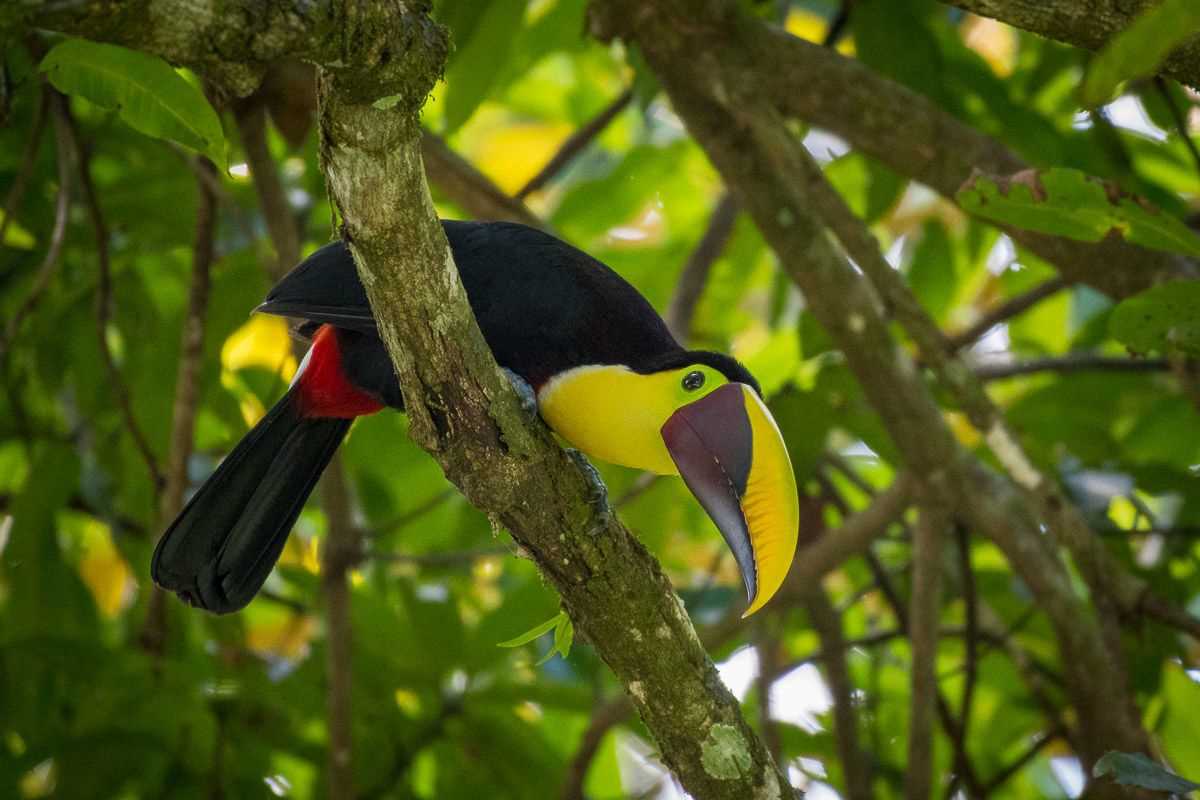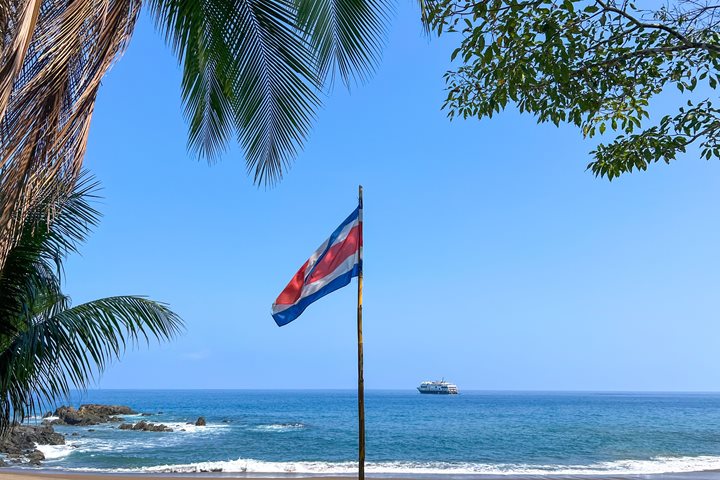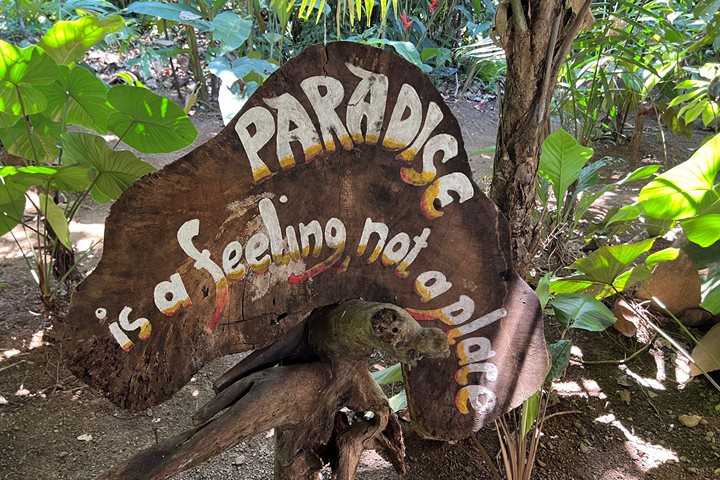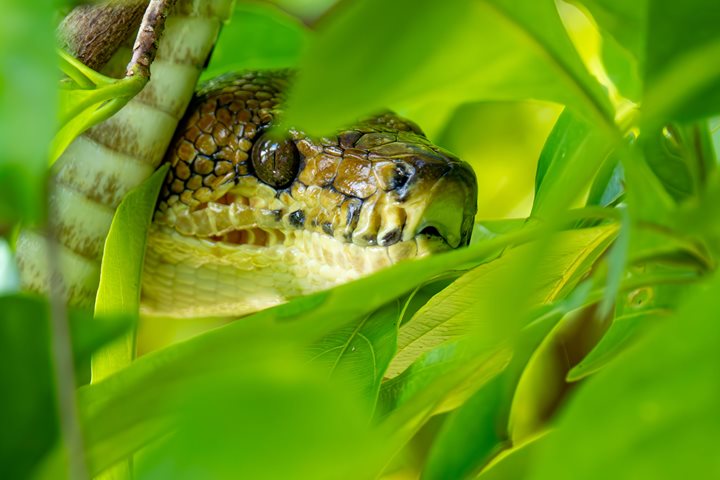We cruised all night towards the most pristine area of the country, the glorious Osa Peninsula, one of the southernmost parts of the Costa Rican Pacific coast. Established in the early 80s as a national park, Corcovado is home to some of the last remaining natural populations of scarlet macaws, white-lipped peccaries, and even jaguars. To a tropical field scientist, the Osa Peninsula, Corcovado National Park in particular, is the best place for researching wild animals and plants. Isolated from the main cities by distance and a narrow isthmus, the peninsula was neither explored nor exploited until very late in the 1900s. Needless to say that most Costa Ricans have never visited. It was not until the last decade that the edges of the Peninsula got an access road and in the last five years electricity to the most remote areas.
This morning in Caletas Bay, we have the chance to do what few people can do in this site, explore and enjoy different activities. In the morning, we could enjoy a horseback ride along a narrow beach path, walk a long, rugged path, take a long power walk or stop and sniff the flowers while birdwatching with our expert guides.
In the afternoon, we repositioned our vessel a little further south and made it into the Corcovado and one of the five park ranger forest stations in the area, San Pedrillo. We disembarked to enjoy one of two options, walking the “El Pargo” beach path or take the very rugged San Pedrillo river trail, towards a small and soothing waterhole for a cooling swim.
During our outings, great sightings rewarded us with scarlet macaws, yellow-throated toucans, great curassows, howler and spider monkey (on the same branch), snakes, Jesus Christ lizards, land crabs, and beautiful giant fig, and caobilla trees. We finished our first day in the most amazing way, a bright red, and yellow sunset settling behind the Pacific Ocean.






